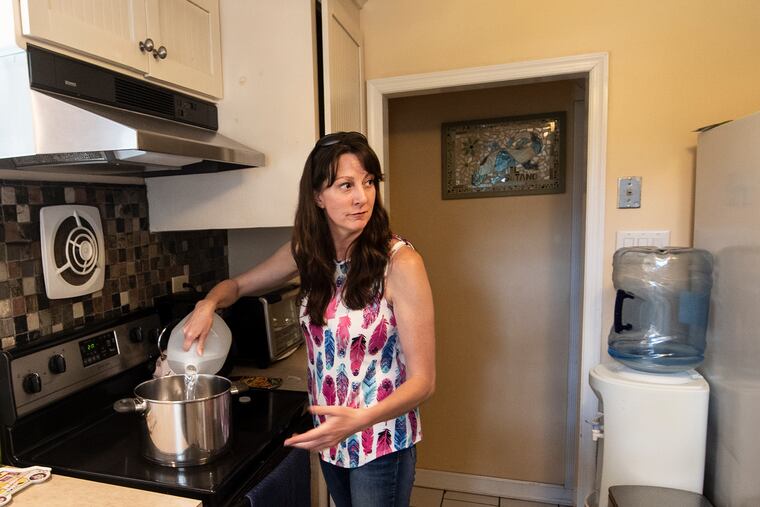This Pa. neighborhood with tainted wells has been on bottled water for three years. No end is in sight.
After PFAS chemicals contaminated their private wells, these Bucks County homeowners thought the government would hook them up to public water. But the Navy, which caused PFAS contamination in nearby towns, has denied responsibility, and the residents have been left in limbo.
